Oftentimes, when people think about regenerative medicine they automatically think about stem cell therapy. While stem cell therapy is a type of regenerative medicine, and arguably the most well-known type of regenerative medicine, it is not the only form of regenerative medicine that exists in the world. Patients who have an understanding of the various types of regenerative medicine available to choose from often see the best results from their therapies. Below are six types of regenerative medicine that patients can benefit from.
Platelet Rich Plasma Therapy
Platelet-rich plasma therapy uses the patient’s blood, which is then centrifuged until there is a concentrate of platelet-rich plasma. This platelet-rich plasma is then injected into the afflicted site. This procedure is particularly effective for injured tendons, ligaments, muscles, and joints. Platelets are a key component of the healing process. When they are concentrated in large amounts, they can help speed up the healing process of an injury.
Bone Marrow-Derived Cell Therapy
Bone marrow-derived cell therapy is another form of regenerative medicine. Bone marrow is the birthplace of stem cells. Mesenchymal stem cells are found in the bone marrow and are particularly important for musculoskeletal regeneration. Bone marrow is one of the richest sources of stem cells in the entire adult body. Harvesting bone marrow from a patient helps to ensure there will be no risk of rejection while therapy is administered.
Fat Derived Cell Therapy
Fat derived cell therapy involves taking stem cells from adipose tissue. Recently, adipose was found to be a great source of stem cells. In addition, the procedure to harvest stem cells from adipose tissue is much less invasive than that of bone marrow-derived cell therapy. Harvesting stem cells from adipose can take longer. However, patients are able to use these harvested cells at a later date.
Amniotic Derived Cell Therapy
Amniotic derived cell therapy involves taking stem cells from amniotic fluid. This is done during the C-section of a consenting mother. The biologic is typically discarded. However, in this case, blood can be taken from the amniotic fluid and stem cells are separated out to be used on patients later on.
Umbilical Cord Tissue Cell Therapy
During this therapy, regenerative biologics are taken from tissue associated with the umbilical cord. This can include the umbilical cord itself, Wharton’s jelly, umbilical cord blood, and placental membrane. Each of these biologics has unique healing powers that help speed up the healing process. When they are processed and injected into an injured adult, they can help the patient to heal better.
Exosome Therapy
Exosome therapy is the final type of regenerative medicine. Exosomes are not a stem cell. Rather, they are how cells communicate with one another. Exosomes can be used to help promote healing in certain areas of the body. Or, they can be used as a means of drug delivery. While exosomes are still not fully understood, there has been a lot of buzz around exosomes in the scientific community because of their implications for the medical world in the future.
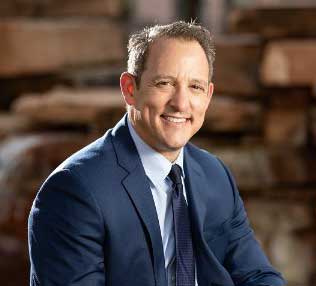
Dr. David Greene
MD, PhD, MBA
Dr. David Greene, MD, PhD, MBA, is a pioneering leader in regenerative medicine and healthcare marketing. As a residency and fellowship-trained orthopedic surgeon, Dr. Greene transitioned from clinical practice to become the founder and CEO of R3 Stem Cell and US Lead Network, where he has revolutionized patient care and medical practice growth through innovative therapies and digital marketing strategies. He has authored two influential books on healthcare internet marketing, ranks among the top expert authors globally, and has been featured on the cover of Corporate Vision magazine for his impact on global regenerative therapies. Beyond his professional achievements, Dr. Greene is passionate about education, compassion, and continuous innovation.





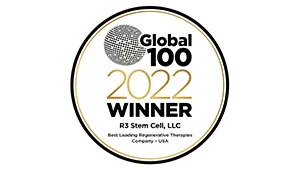

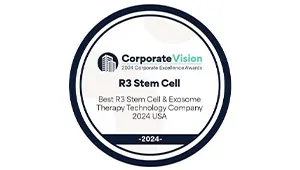
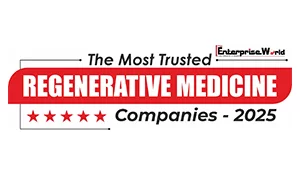
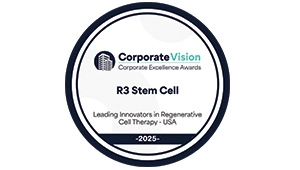

No Comments